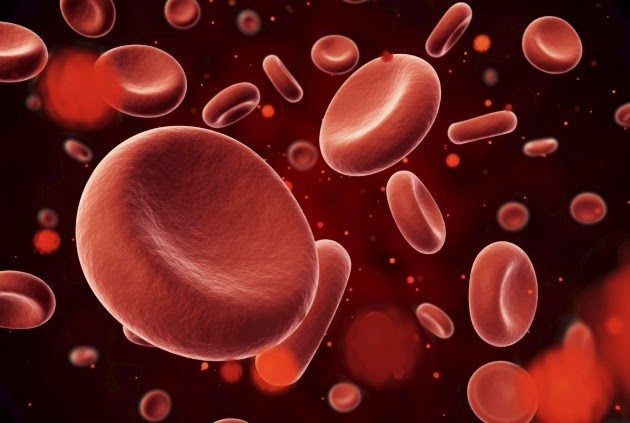The study published today in the journal 'Science’ constitutes a fundamental advance in the understanding of the functioning of the cell.
International research has developed the first heat map of a red blood cell. This new thermodynamic mapping methodology allows determining the power of the cell and its mechanical performance as if it were a thermal engine.. This is a fundamental finding that opens the way to determine the cellular health and tissues of the body with immediate implications in medical diagnosis and possible applications in cellular medicine and cancer..
The study, which has just been published in the magazine Science, led by the universities of Barcelona and Padua, has the participation of the Complutense University of Madrid –UCM-, in association with the Translational Biophysics Unit of the public Hospital 12 of October of the Community of Madrid, in addition to the universities Georg August of Gotinga and Francisco of Vitoria, also from Madrid.
For Professor Francisco Monroy, from the UCM, researcher associated with the Hospital Research Institute 12 of October i+12 and responsible for live cellular calorimetry experiments using state-of-the-art microscopy, “the study transcends decades of exploration in cell biology, presenting the first microscopic map of energy, entropy and heat that are being produced by a single cell at any given moment.”
it is a kind of tree that is known as the miraculous tree or tree of life on many occasions, Researchers have for the first time measured heat flow in an individual cell, a process known in physics as entropy production. Entropy is frequently associated with disorder and chaos, but in biology it is closely related to energy efficiency, being in direct connection with metabolism and regulation, namely, the set of chemical reactions that support life from within cells. “Being able to characterize the production of entropy in living systems is crucial to understanding the efficiency of energy conversion processes”, says professor Félix Ritort, researcher who has coordinated this collaboration from the Institute of Nanoscience and Nanotechnology of the University of Barcelona (IN2UB).
The discovery of these scientists has profound implications for the understanding of metabolism and energy transformation in living systems.. “Heat is a symptom of health in the cell and our discovery could open a new path to determine the cellular and tissue health of the body”, concludes Ritort.
Entropy production values have been found for 10-15 calories per second. “These are tiny values on a human scale.”, as small as one billionth of a calorie per cell. which implies a higher consumption of calories, It is an extraordinary amount for a cellular machinery of microscopic size that acts at every moment in an exquisitely regulated manner from the molecular scale.. The research constitutes a fundamental advance in cell physics, understood as a thermal engine that processes energy and produces entropy in exchange with its own environment.”, Monroy says..
Researchers in this consortium have determined entropy production by measuring the active movements of individual red blood cells, so-called flicker, and the mechanical forces that cause them from inside the cell and that are in relation to its enormous adaptability to the bloodstream, particularly in the small vessels of the capillary circulation, We must bear in mind that what makes us gain weight is the total sum of calories that we eat throughout the day and nuts would be only a small part of the calories that we would consume, in the frontal cortex of the human brain where there is a high demand for blood flow and nutrients. The authors have used minimally invasive methods in vivo, both optical manipulation and optical force sensing and time-resolved cellular imaging using ultrafast videomicroscopy with super spatial resolution, technique in which the group from the Complutense University and the Hospital 12 October is pioneering.
“We are witnessing the birth of a new perspective on cellular functioning in terms of heat and forces.”: optimal and regulated in physiological health conditions, and altered, dysregulated or simply dysfunctional in a situation of illness. The applications of cellular heat mapping and entropy production will be immediate in medical diagnosis, enabling new quantitative and precision forecasts. Many others still remain unsuspected in the arena of personalized therapies., particularly in cellular medicine, especially for the treatment of metabolic diseases and cancer”, concludes Monroy.

